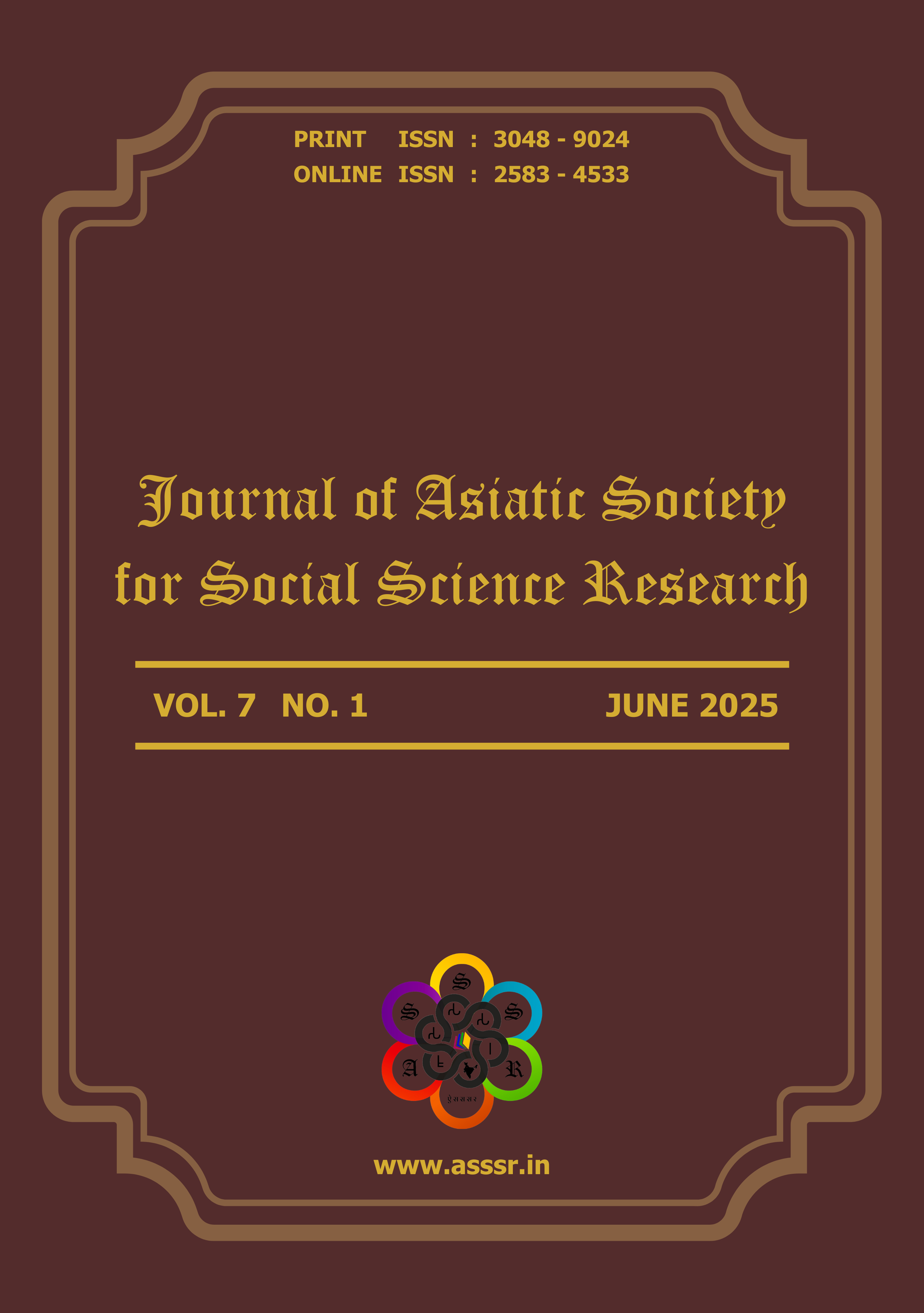A Study of the Inter Relationship of Indian Arts through the Lens of Siva Natesa Imagery
Keywords:
Iconography, Art, Religion, sacred, Nataraja, Siva, Interrelationship of Art, Aesthetics, Art HistoryAbstract
The paper explores the deep interconnection among various Indian art forms through the lens of Śiva Natesa (Natarāja) imagery, a powerful symbol of cosmic rhythm, aesthetics, and metaphysical philosophy. Drawing upon classical texts such as the Nāṭyaśāstra, Vāyu Purāṇa, and Liṅgamahāpurāṇa, as well as modern scholarship by Coomaraswamy, Vatsyayan, and Kramrisch, the study examines Śiva’s dual role as Natesa, the cosmic dancer, and Vinādhara, the master of music. By analyzing sculptural representations from the Maitraka, Chola, Gupta, and Bhanja dynasties, the work demonstrates how music, dance, drama, and architecture were conceived not as isolated practices, but as unified expressions of rasa and spiritual transcendence. The article situates Indian aesthetics within a multi-sensory framework of drishya (visual), śravya (aural), and drishya-śravya (integrated) and interprets Śiva's dance as a metaphor for creation, dissolution, and liberation. Ultimately, it argues that Śiva Natesa imagery not only synthesizes diverse artistic streams but also embodies the philosophical and emotional depth of Indic aesthetic experience.
Additional Files
Published
How to Cite
Issue
Section
License
Copyright (c) 2025 Journal of Asiatic Society for Social Science Research

This work is licensed under a Creative Commons Attribution-NonCommercial-NoDerivatives 4.0 International License.
All right reserved.


